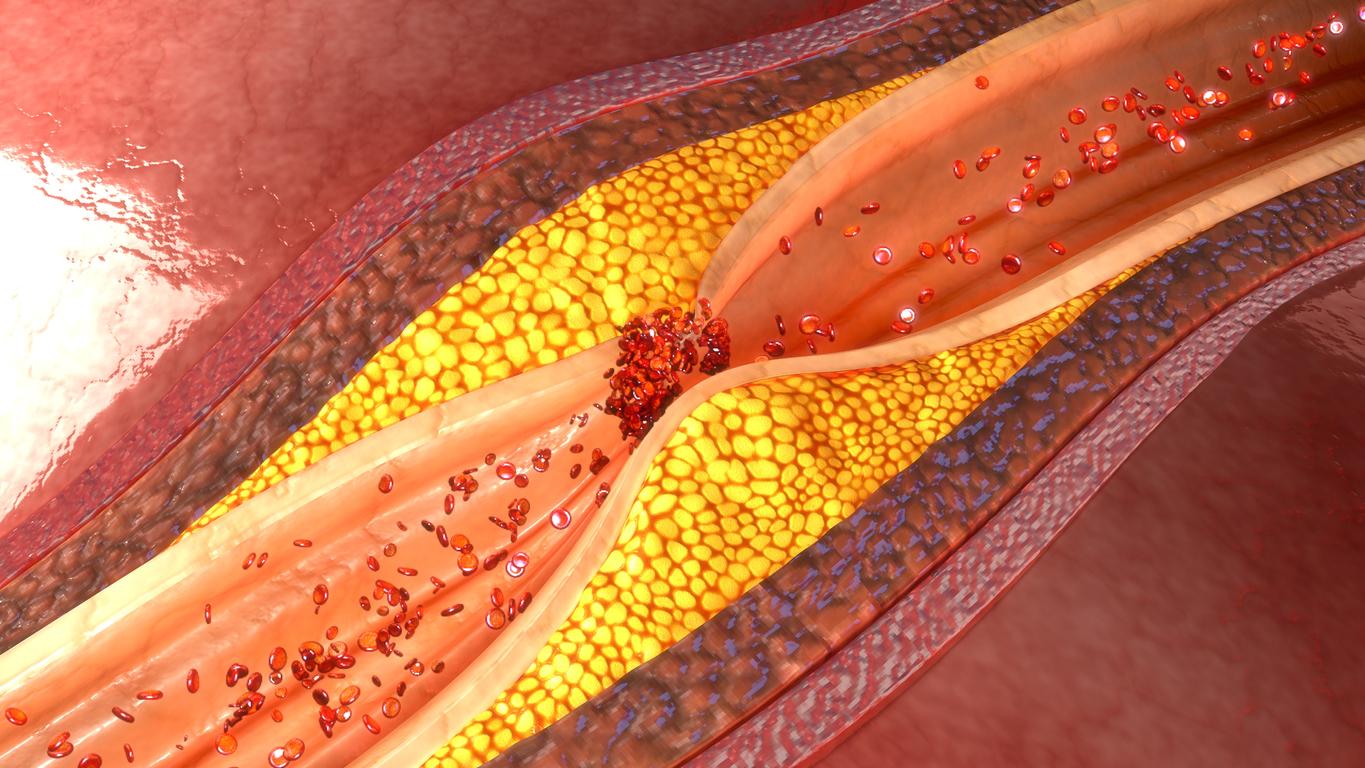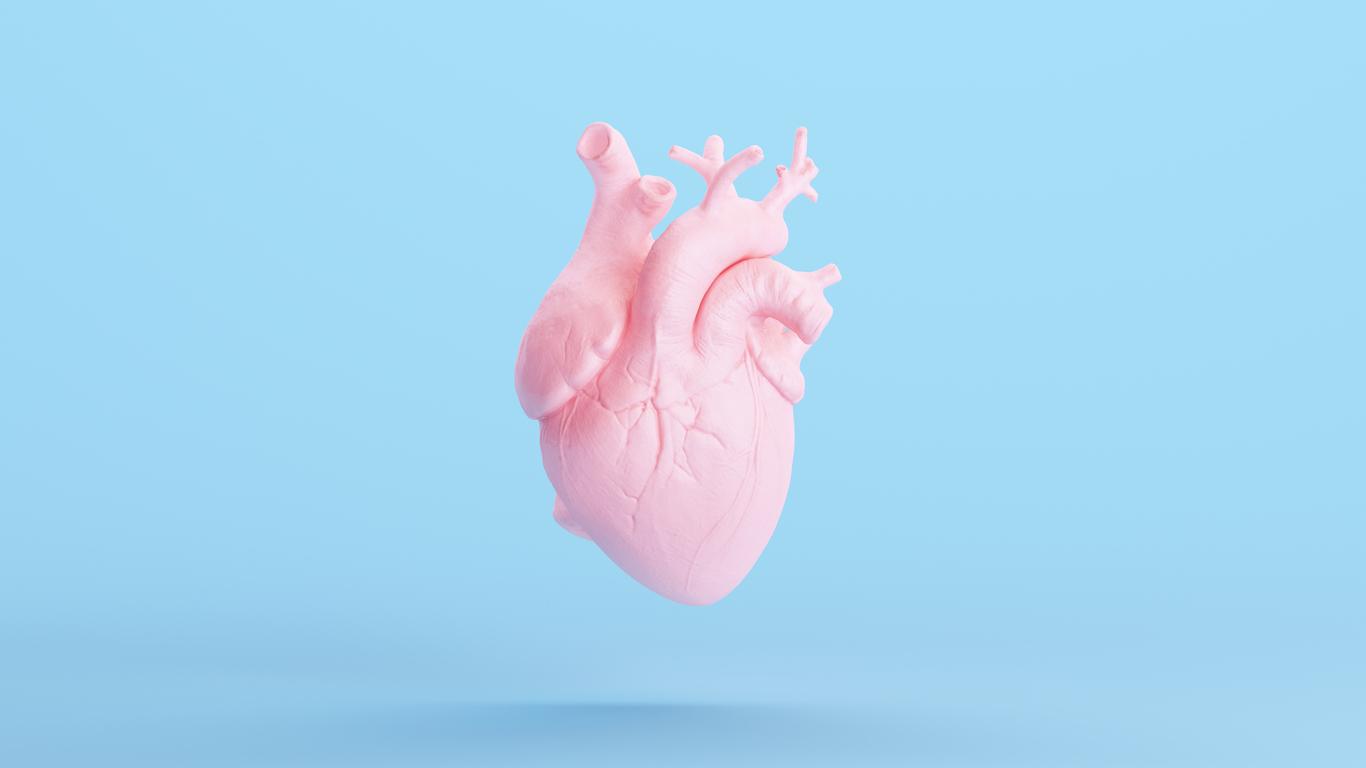The sauna has multiple benefits on stress, lungs, skin, muscles and rheumatism, but we did not know its impact on the heart. It’s done and cardiologists will be able to prescribe it.

Conducted on 100 subjects as part of the “Sauna and Cardiovascular Health” project, a Finnish study analyzes the changes that occur in the human body during and after a 30-minute sauna session.
Scientists have thus noticed that after half an hour of sauna, the average systolic blood pressure of people goes from 137 mmHg to 130 mmHg and their diastolic blood pressure from 82 mmHg to 75 mmHg.
The improvement also affects the vessels, along with a slight increase in the pulse, they observe a clear arterial relaxation. Exactly like when practicing a physical activity of medium intensity. The study is published in the Journal of Hypertension.
The principle of the sauna is simple
A heater raises the temperature of a wooden cabin to 80-90°C. You lie down on a bench after taking a good shower and, after five to ten minutes, your body begins to sweat profusely. You can then cool off, outside, with an increasingly cold shower and then return several times to the warm atmosphere. The alternation of 3 or 4 sweats with a cold shower, then a rest lying down in the cool for at least 30 minutes, provides an important well-being that the French have recently discovered in certain sports clubs.
An ancestral Finnish tradition
For 2000 years, the Finns have made the practice of the sauna an almost daily pleasure. So why did it take us so long to learn this age-old practice? Quite simply because through ignorance, medicine has long sown doubt.
However, Nordic medical studies had shown for years the benefits of the sauna on stress, the skin, muscle pain, rheumatism, but also, while many doctors believe the opposite, on the heart and blood circulation.
A benefit for the entire cardiovascular system
Admittedly, the heart rate increases after ten minutes at this temperature, probably due to muscle relaxation, but no more than when climbing stairs. Blood circulation is accelerated, but the heat that is rapidly transferred from the skin to the heart, lungs and brain increases central circulation in an interesting way.
Some Nordic cardiologists even recommend, unlike most of their French colleagues, the sauna as a complementary treatment to people with high blood pressure or suffering from arteritis. Pulmonologists advise their practice in infections of the respiratory tract, dermatologists in urticaria and acne.
No weight benefit
The elimination of toxins through sweat, relaxation and relaxation of the muscles make it the ideal complement to sports practice.
On the other hand, we must fight against a received idea. The sauna has never made you lose weight. You will probably lose one or two kilos per session, but this is water that must be re-consumed as quickly as possible or risk becoming dehydrated. We can therefore simply conclude that it is an indisputable way to take care of one’s personal hygiene.
They say in this corner of northern Europe “If you can go to the sauna… you can handle the sauna!” “.

.















